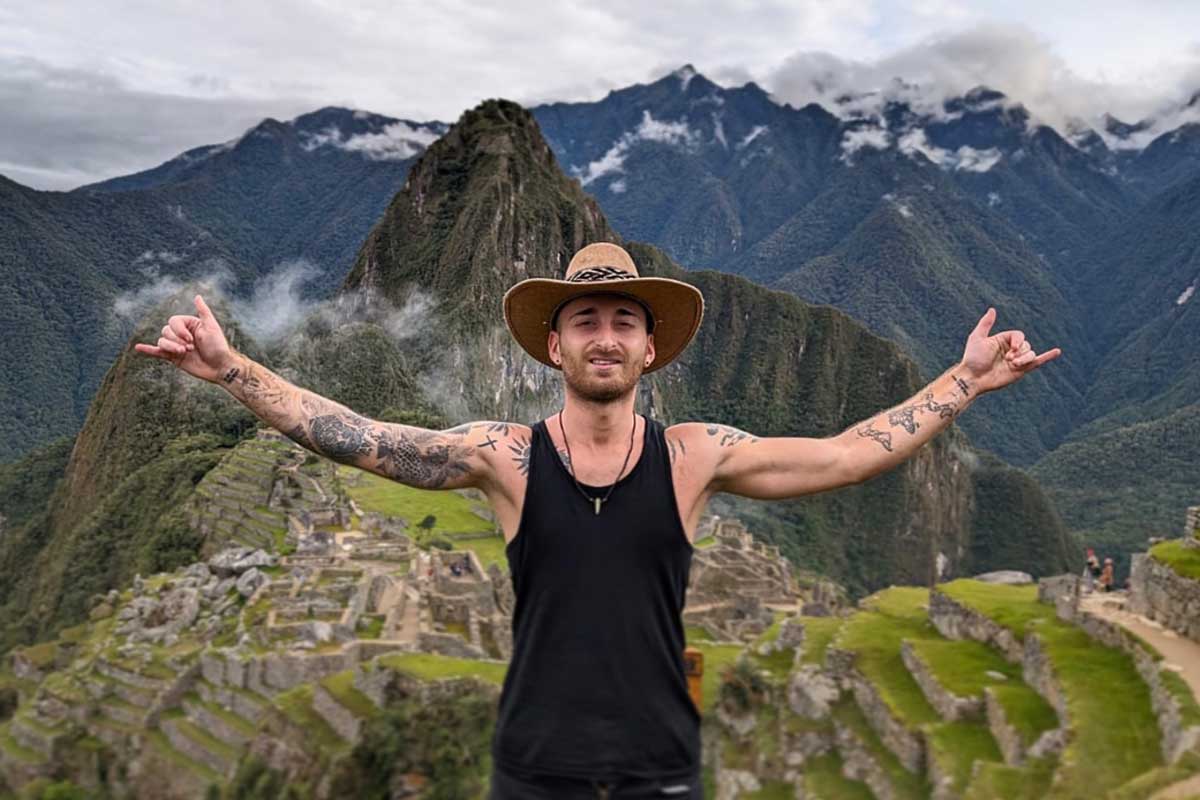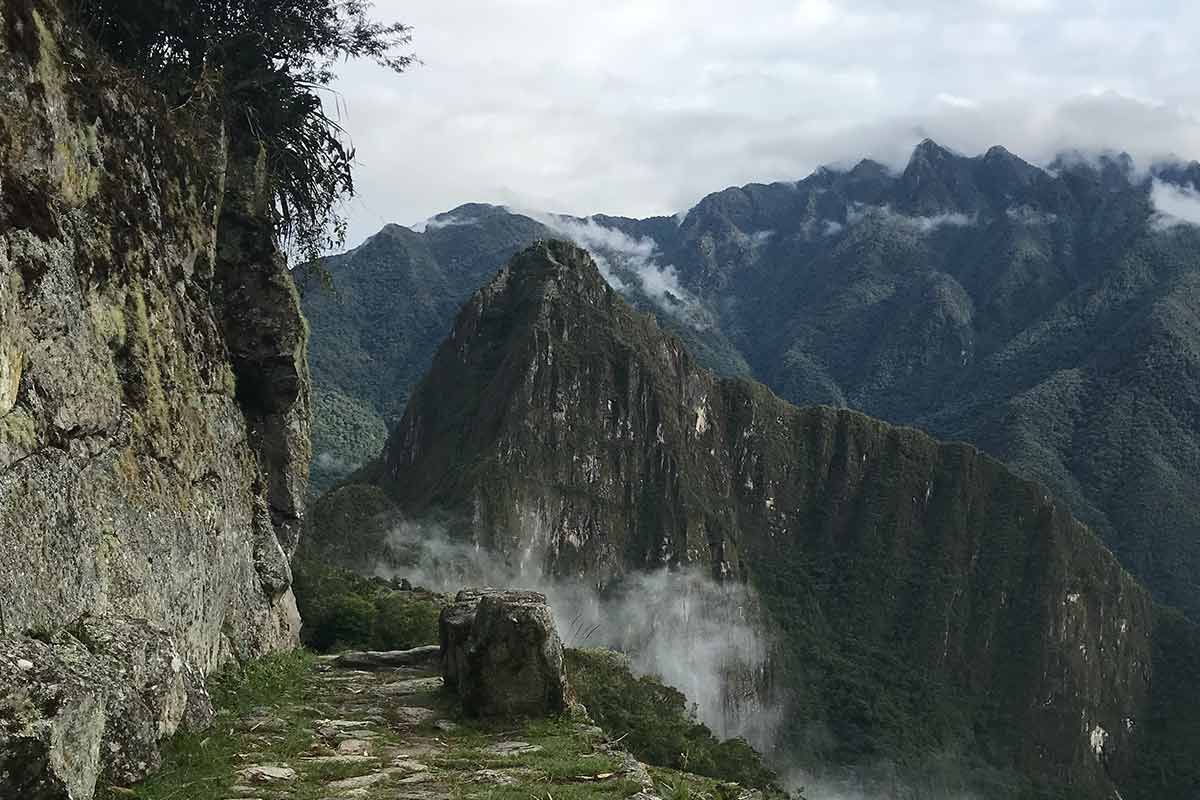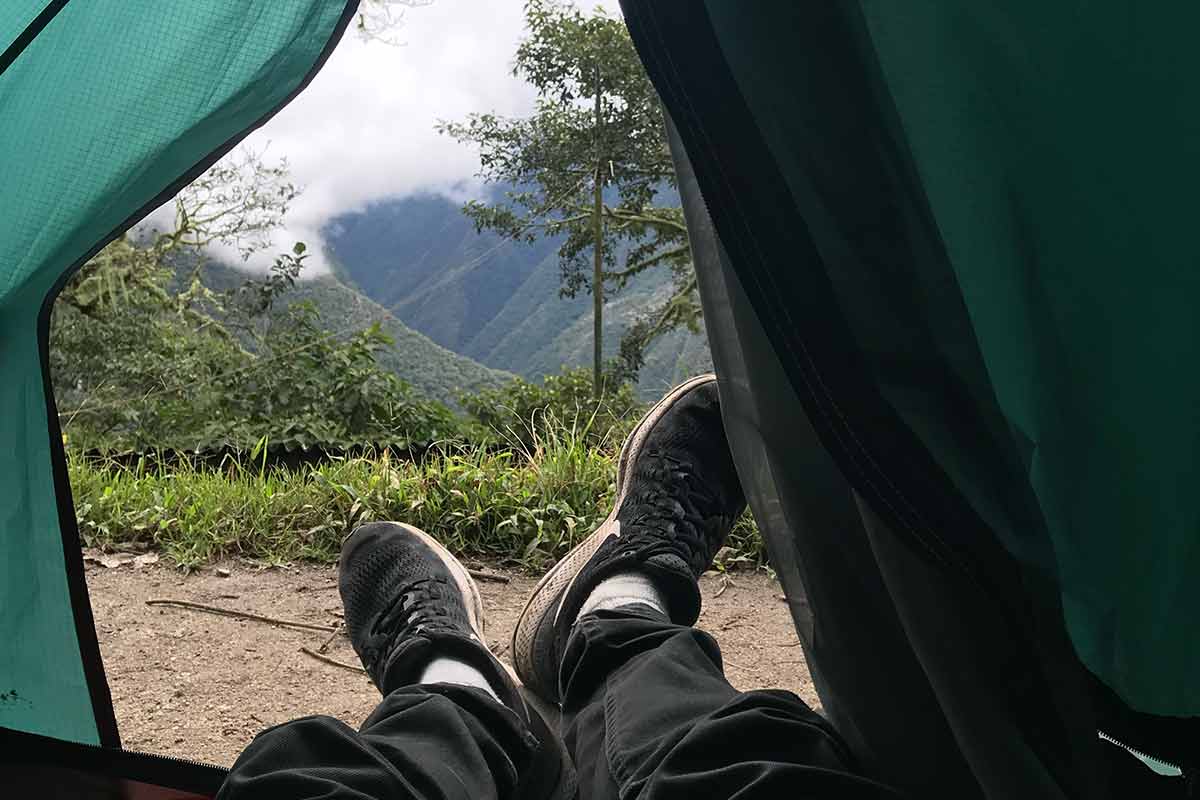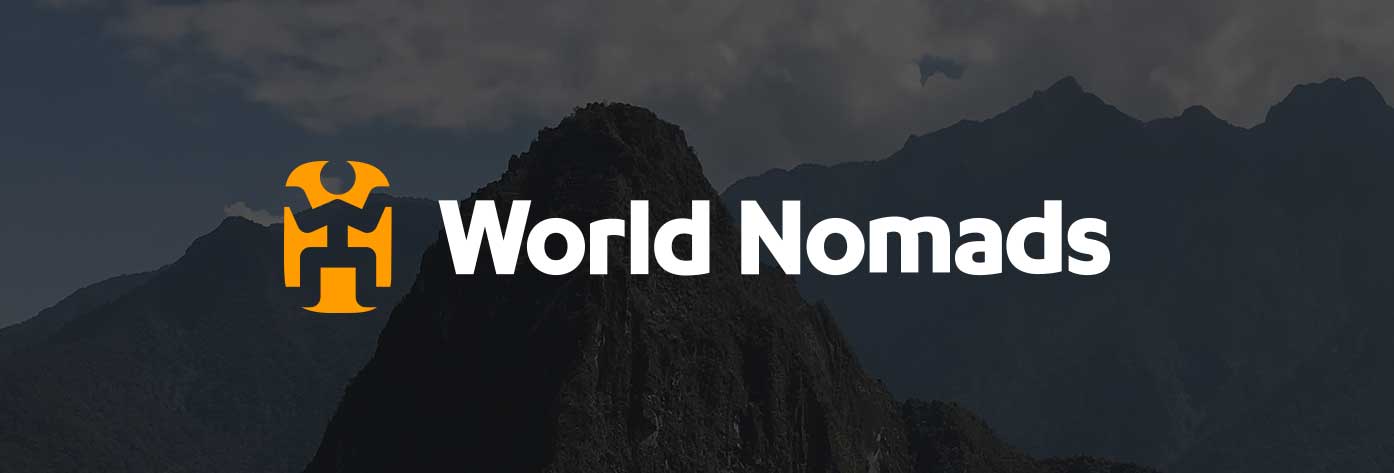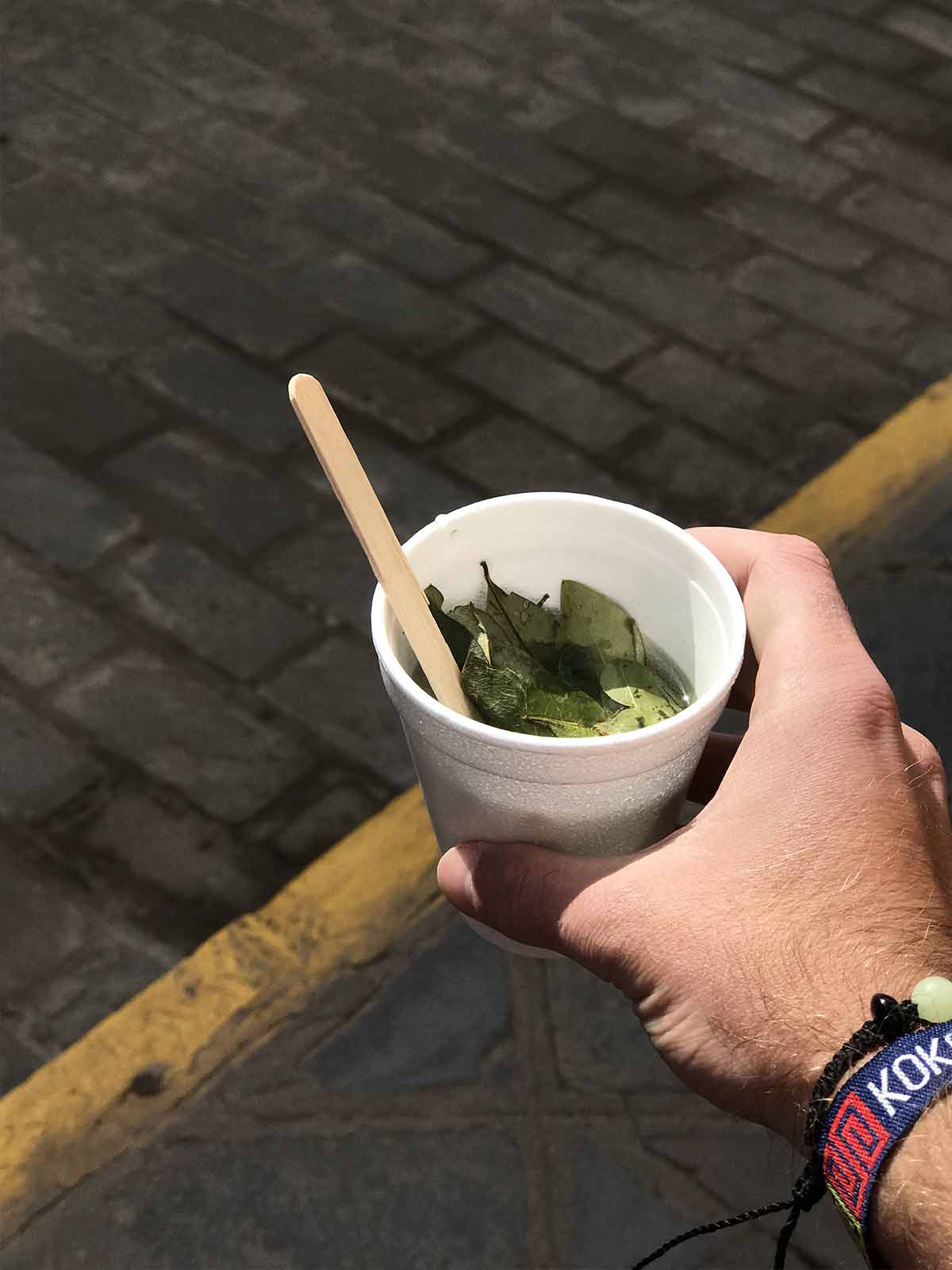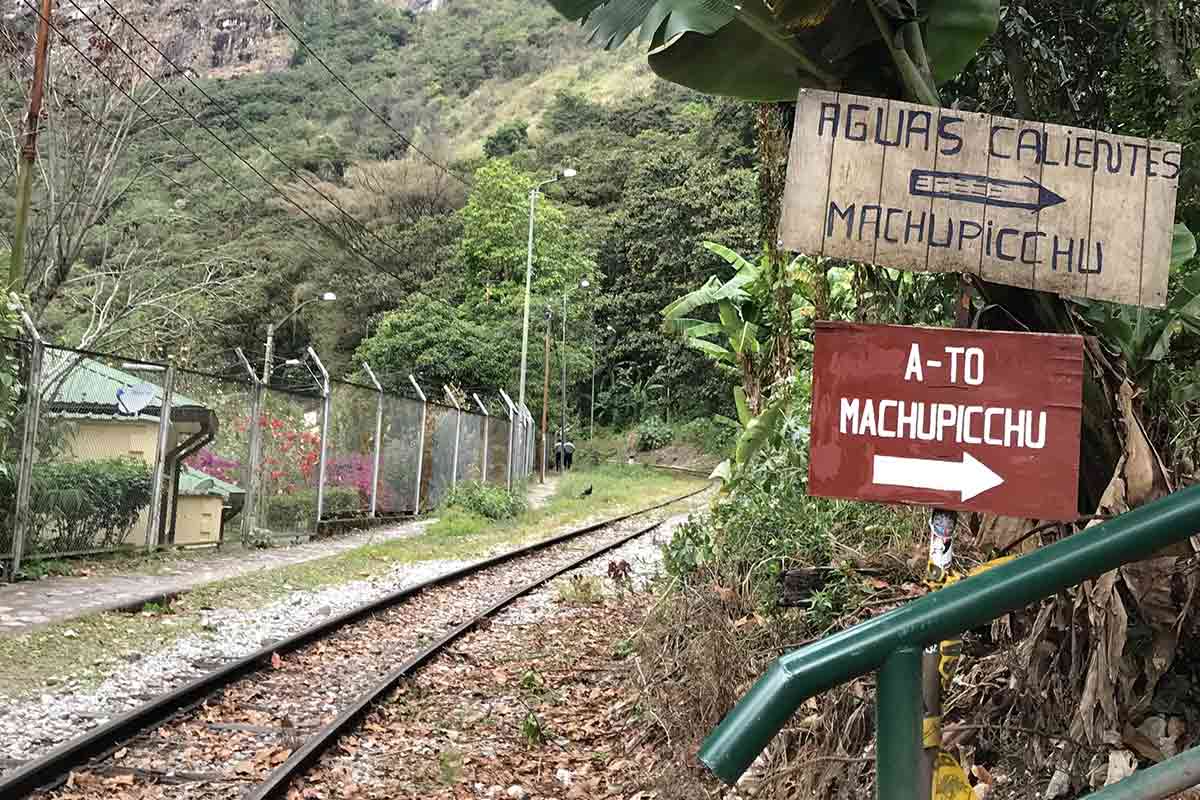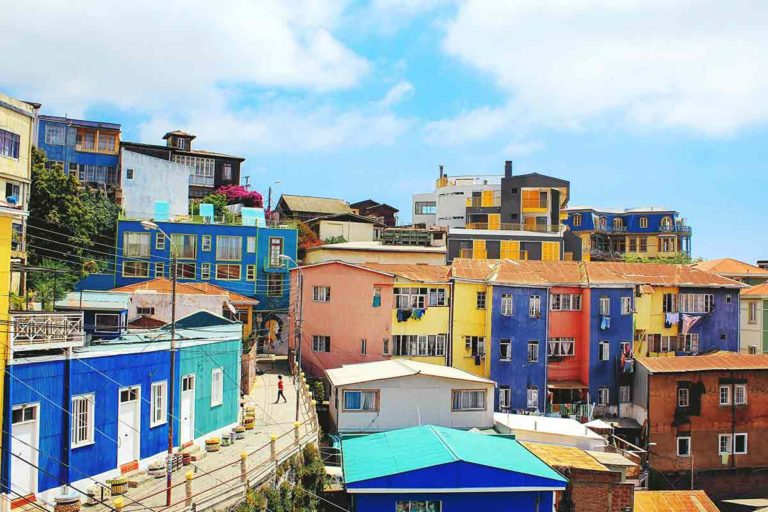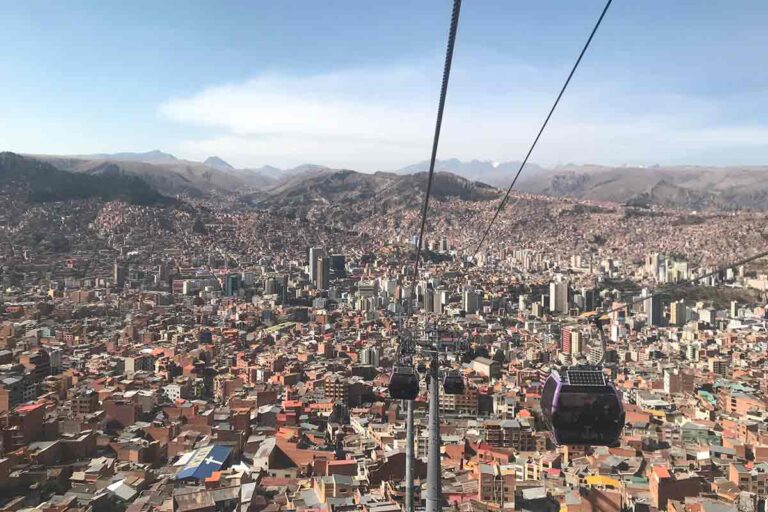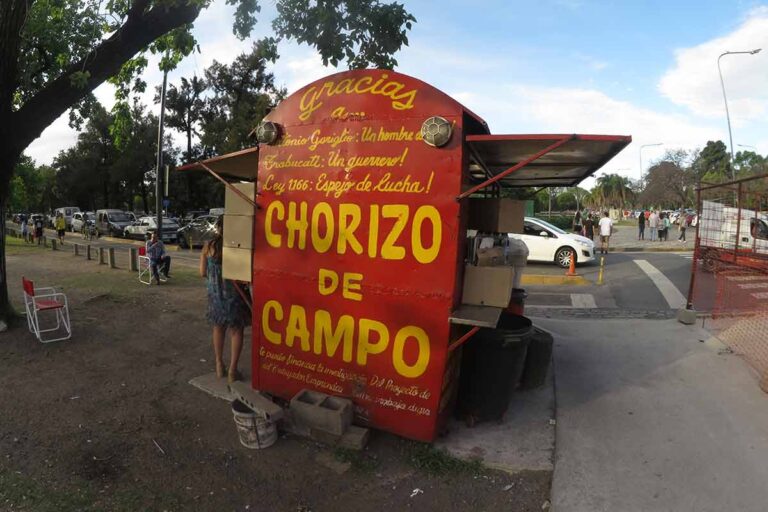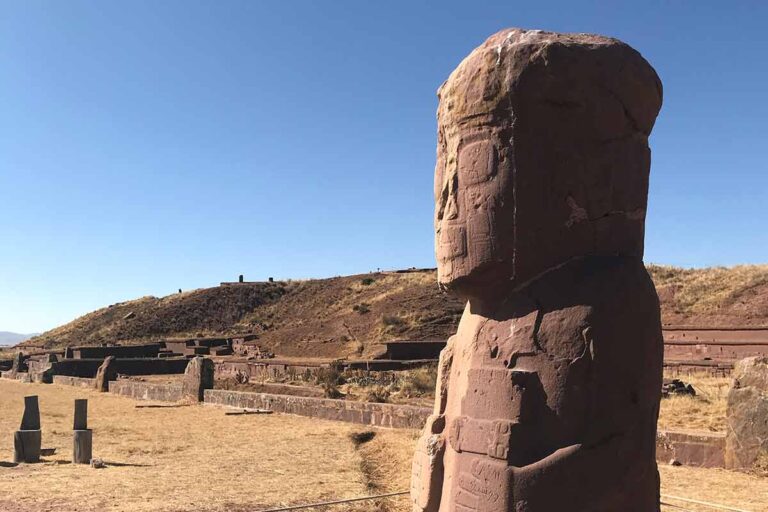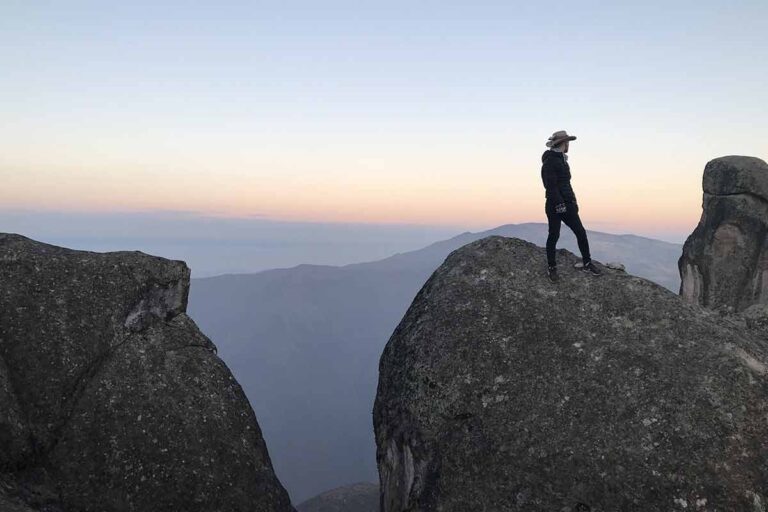How to Avoid Machu Picchu Altitude Sickness
Machu Picchu is a formidable site, and nowadays is quite an easy destination to reach (with different journeys leading here from Cusco).
Whilst beautiful in itself, there are a few important considerations to take into account before heading here.
Altitude sickness is one of these, which remains one of the biggest worries for travelers heading here (and is possible given its location within the Andes mountains).
How to Avoid Machu Picchu Altitude Sickness
In this guide we’ll explore everything you’ll need to know about the altitude in Machu Picchu.
This includes what altitude sickness is, the classic symptoms as well as our top tips on how to avoid getting it.
What is Altitude Sickness?
Altitude Sickness is a condition where your body isn’t getting enough oxygen from the surrounding air, and as a result starts to react negatively.
It can affect anyone regardless of their physical capabilities, although it has been noted that some get it at lower altitudes than others. Usually it begins to bring mild symptoms at around 2500-3000m above sea-level to some, whilst most begin to feel its effects at 4000m.
In Peru, altitude sickness is known as Soroche, and is a common ordeal for those heading to the Andes. This includes destinations such as Huaraz, Cusco and the surrounding Sacred Valley region.
Overall it’s more of a nuisance rather than a life-threatening condition, however we still recommend preparing well before going on high-altitude treks to have an overall better experience.
What are the Symptoms of Altitude Sickness?
It’s firstly important to note that symptoms can widely vary from person to person. However generally they do follow a similar order, with mild symptoms appearing before more serious ones (and are a good indicator to slow down or use methods to handle it).
The most mild symptoms begin with headaches and nausea, which begin between 2500-3500m. These are also the quickest to go away once you start declining in altitude.
More serious symptoms include sickness and dizziness, which can occur anywhere from 3500-5000m (of course this can still vary from person to person).
The most lethal symptoms include pulmonary edema or a stroke, however these have occurred at much higher altitudes (5000m+), and mostly to those who either didn’t prepare well or have pre-existing medical conditions.
Got travel insurance for Machu Picchu?
Tips to Avoid Altitude Sickness Before Hiking Machu Picchu
Here we’ll explore some of our top tips for avoiding altitude sickness, something that I (George) have experienced way too many times and now have learnt how to properly deal with!
Spend at least 48 Hours in Cusco
The human body naturally acclimates to higher altitudes, and research has shown that it takes roughly 48 hours to adjust to lower levels of oxygen. Cusco is actually located at a higher altitude than Machu Picchu (3399m vs 2430m), so staying here beforehand is a great way to get your body adjusted. This is by far the best way to prepare for high-altitude hiking.
Take Coca Leaves
Yes these are a main ingredient in cocaine – however taken alone are a perfectly safe and natural way of dealing with altitude sickness.
You simply buy a bag and munch on them for 10/15 minutes, and then spit them out after. As well as helping your body temporarily deal with higher altitudes, you’ll also have more energy too for hiking.
Head on a Gentle Hike Before Heading to Machu Picchu
Unless you are embarking on the Inca Trail or Salkantay Trek, the standard route to Machu Picchu is actually quite easy to handle.
However extra preparation certainly helps, and in this case is more for your general fitness rather than the altitude.
In Cusco we would recommend walking up to the Cristo Blanco, and also the ruins of Q’enqo and Sacsayhuamán.
Use Altitude Sickness Pills
Also known locally as “Soroche Pills’, these are not really needed for Machu Picchu (they are more effective when heading up to altitudes of 3500m+).
However if you are experiencing symptoms below this altitude, then you can pop into any pharmacy in Cusco to buy them. Each tablet lasts for around 8 hours, which is ideal given Machu Picchu is relatively quick and easy to get to.
Take a More Relaxed Tour to Machu Picchu
The final way to avoid getting altitude sickness in Machu Picchu is to (almost) entirely avoid it in the first place! There are plenty of tours which minimize the amount of physical activity that you’ll need to do, and we personally recommend this day tour to Machu Picchu.
Here you’ll take the train to Aguascalientes, as well as have round-trip bus transportation up and down to Machu Picchu.
How to Avoid Machu Picchu Altitude Sickness
And that’s all for this guide on how to avoid getting altitude sickness at Machu Picchu.
This ancient citadel rightfully remains a must-visit for those heading around Peru. And whilst altitude sickness remains a worry, you’ll actually find that it’s not such a big issue here at Machu Picchu given it’s at a lower altitude than nearby Cusco.
In this guide we have explored what altitude sickness is, and how it affects your body. We’ve also covered 5 of our best tips for preventing altitude sickness before heading to Machu Picchu.
Are you thinking of heading on more hikes after Machu Picchu? Then be sure to check out this guide on the best hikes in Peru.
👉🏽 P.S. If you’ve found this guide helpful, buy us a coffee here to say thanks! Or, support us by downloading our South America Travel Bible to get our best content.
“Dear traveler! Some links in this post contain affiliate links. Meaning, if you click through and make a purchase, book a hostel or sign up for a tour, we may earn a small commission at no additional cost to you. Your support means a lot and helps us to carry on traveling and maintaining the quality of this site for you.”

